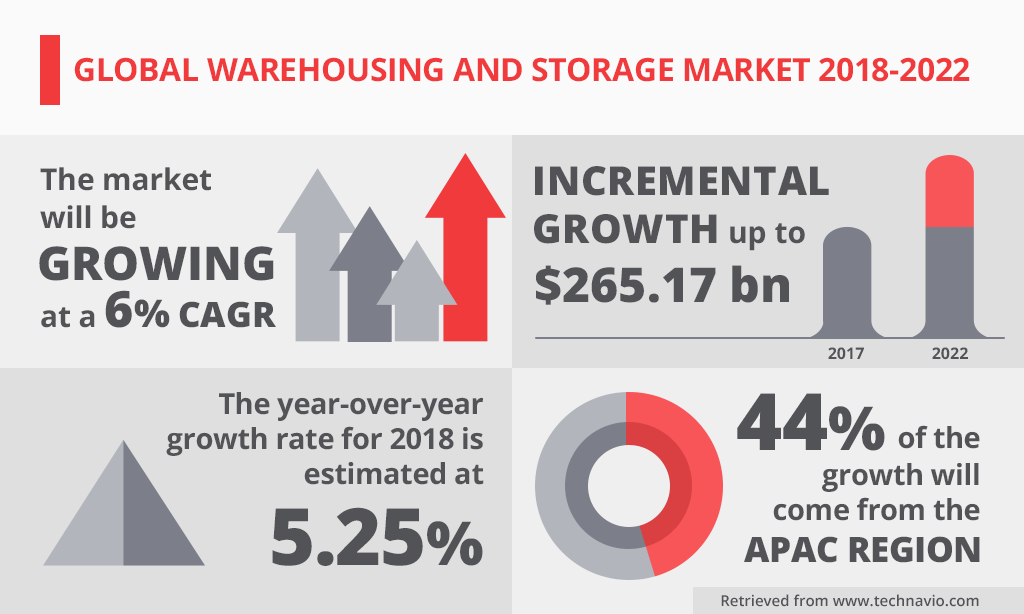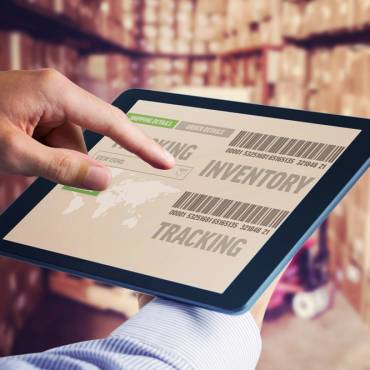Setting up your first warehouse as a small business or going through warehouse improvement can be daunting. After all, not every tip that applies to a sprawling mega warehouse will also work for a more compact space. So, you may need to employ more creative solutions to get the most out of your small warehouse space. Not to worry, though: We’ve got you covered.
Below, find eight ideas to improve warehouse efficiency and reduce costs. Plus, discover a New England warehouse that can handle your storage needs for you.


8 Key Small Warehouse Improvement Ideas
Implement cross-docking
If you want a fast way to improve warehouse productivity, implementing cross-docking is a great way to begin.
What is cross docking, you may ask? It’s a logistics approach that takes items from inbound trucks and transfers them to outbound ones with little to no storage time. The items literally move “across the dock,” from one truck to another. You can set up a loading and packing station in the center of the dock for easy sorting.
Not only does cross-docking speed up shipment times, but it can also free up your small warehouse’s space, since you won’t need to store as much product internally. A cross dock warehouse increases productivity while reducing space
Use a warehouse management system
If you’re still manually tracking inventory with software like Quickbooks, now is the time to look into a warehouse management system (WMS.)
A WMS is a method of inventory management that digitally tracks inventory when it enters your warehouse. It can streamline your warehouse operations process in a number of ways, such as the following.
- Tracking object locations. After scanning an object with a barcode system for inventory, your WMS can tell you the location of the items in your warehouse. So, you can reduce the time workers spend looking for inventory.
- Improving your restocking process. Your WMS will give you a detailed breakdown of how much product you have at a given time. So, you know when to schedule re-orders and can reduce your
- Eliminate errors. With a more accurate tracking system, you can cut back on errors and reduce shipping times. This also allows you to improve customer service.
Optimize your warehouse layout
With a WMS providing you with an accurate view of your inventory, you can use that information to optimize your warehouse’s layout. Arrange top-selling items near the front of your picking area to minize the time that workers spend retrieving items. So, you can pack them more quickly.
Go vertical for warehouse improvement
Floor space is crucial in a small warehouse. So, look into vertical storage racks that allow you to expand storage upward rather than outward. There are several types of vertical storage solutions that can maximize a small space, including:
- Pallet flow racks, which use a tilted conveyor ramp to roll items downhill and into storage areas
- Vertical carousels, which move shelved items in a circular motion, like a ferris wheel
- Mobile palette racks, which sit on a rail system that allows you to expand and contract the shelves like an accordion
Elevate with a mezzanine
If you need a more extreme way to gain floor space, consider upgrading to the ultimate vertical storage rack: A mezzanine.
A mezzanine is a semi-permanent structure built between your warehouse’s floor and roof. It essentially provides a second floor without the need to expand. You can use the mezzanine for extra storage space, or to build areas like offices or break rooms. You can also disassemble and relocate it, if you decide to rearrange the layout of your warehouse later on.
Use multiple storage styles
While a massive warehouse may use uniform palette racks throughout their facility, you may prefer to mix up your storage containers to get the most out of your shelving space. For example, you might have a few shelves in the corner full of totes and bins for handheld items, while larger items sit on a palette rack in the aisle. The combination ensures that no space is wasted and no items are forced into less-than-ideal containers.
Look into automation specific to warehouse improvement
While warehouse automation can be expensive, it’s not only for mega-corporations or billion dollar companies. Instead, many smaller warehouses apply a hybrid approach with partial automation.
For example, you might use a conveyor belt system to move objects to a centralized area for faster packing. Other types of systems can automatically sort objects on shelves, so you can minimize time spent organizing.
Work with your warehouse staff
Of course, trying to organize without hands-on experience will only get you so far. So, work with your warehouse staff to get regular feedback on your operations.
Is there a popular item stored a long walk from the packing area, or a heavy item on a low shelf that’s tough to lift? By listening to everyone’s firsthand insight, you can gain a greater understanding of how your warehouse operates day-to-day – giving you the information you need to streamline your warehouse operations process.
Outsource to a Rhode Island warehouse
Even if you optimize your warehouse to the best of your ability, trying to do it all on your own can still feel overwhelming. If that’s the case, consider outsourcing your warehousing needs to a third-party logistics provider like N&D Transportation Transportation Company Inc
Our 12-acre distribution warehouse in North Smithfield, Rhode Island, offers racked, organized storage space ready for whatever you need. We also offer direct distribution services and are considered one of the best New England warehouses for storage and transportation, so you can take delivery and trucking off your plate, too.
Contact us today to learn what we can do for your small business.



